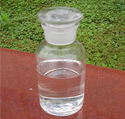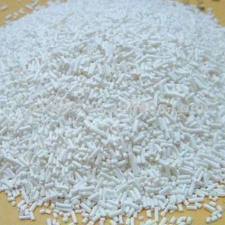Products
 News
NewsBenzoic Acid Consideration in using
Benzoic acid is used in cosmetics, dyes, plastics and insect repellents, it is most commonly included in food products as a preservative. The earliest mention of benzoic acid appears from the 16th century. The substance received its name from gum benzoin, the plant from whose resin it was first derived. In the 19th century, benzoic acid was synthesized from coal tar. Today it is manufactured from toluene, a petroleum byproduct.
Because Benzoic acid is toxic, the amount of benzoates that can be added to foods is carefully controlled. Codex Alimentarius, an international treaty dictating food safety standards, limits the amount of benzoic acid or sodium benzoate to 0.05 to 0.1 percent by volume. Most foods are allowed no more than 1,000 mg per kilogram. Liquid egg products, diet foods, chewing gum and processed vegetables are among the foods with the highest amount of benzoate legally allowed.






